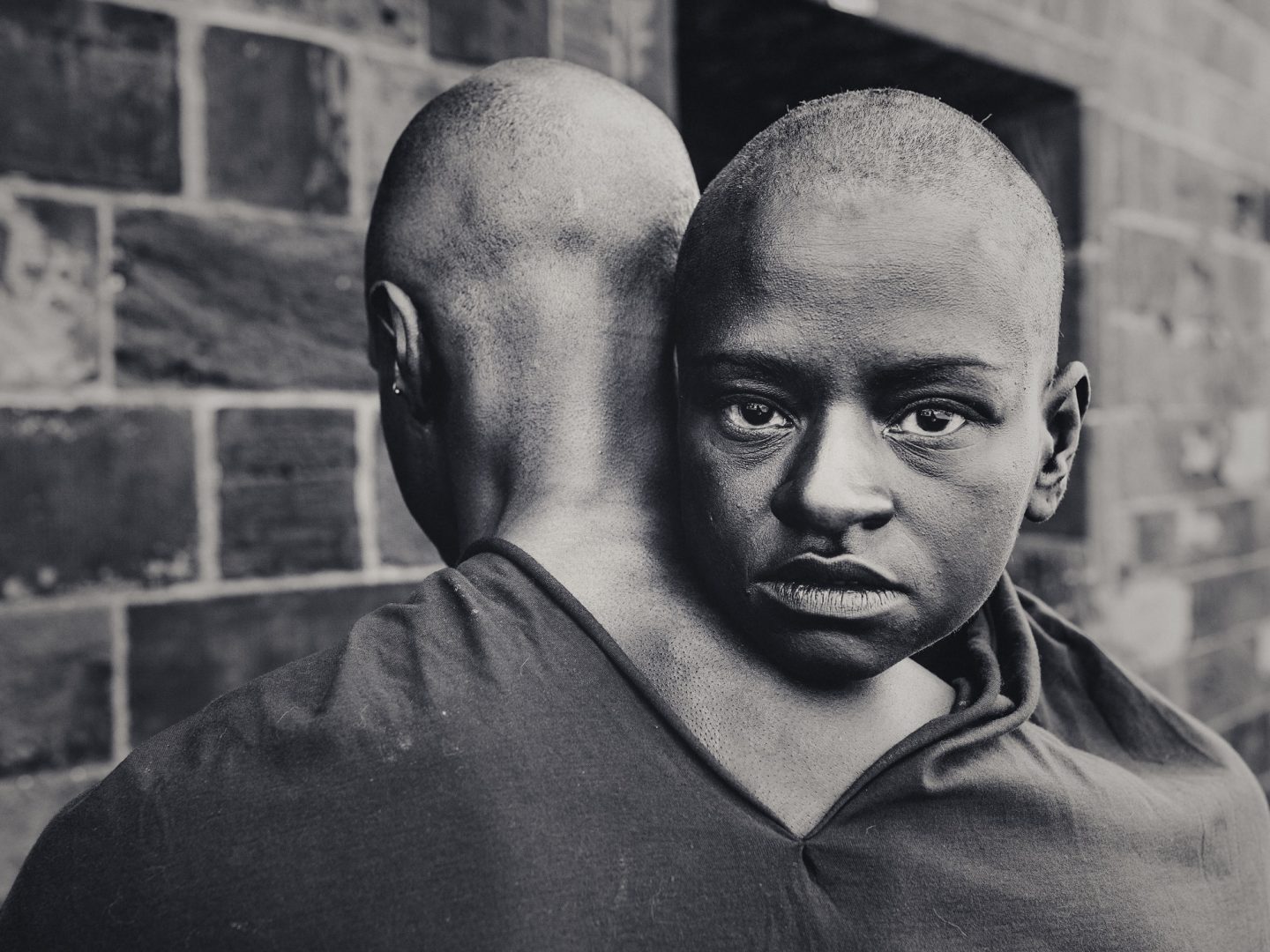It’s hard to believe, but the first Adelaide Festival of the Arts in 1960 had no professional dance on the program. The omission has been gloriously rectified many times since, and 2020 will be no exception, with five companies, performing large and small, and dance being part of other productions.
In an unusual pairing, Black Velvet is a sensuous duet for American Shamel Pitts who had danced for many years and met Mirelle Martins, a Brazilian performance artist who had not danced professionally before. Pitts has said he was “always dancing”. His mother threw lots of parties when he was a kid; he used to organise the guests into different dance arrangements and this led him into choreography as he grew older.
 Black Velvet
Black Velvet
Romeo Castellucci has already directed two major works for the Adelaide Festival: Giulio Casare in 2000 and Go Down, Moses in 2016. Now he brings Mozart’s Requiem, a sensational success at the Aix-en-Provence festival, co-commissioned and co-produced with the Adelaide Festival. The imaginatively pioneering Castellucci says “Requiem is a celebration, a festival, an opera and a dance which is full of joy… It represents our life: the reason life is so often beautiful and so precious, is that we won’t be here forever”.
Several dance companies have created ballets to the work, but Castellucci incorporates dance as an integral part of it. He also has a musical collaborator, Raphaël Pichon, who has augmented the score with Gregorian chant and more Mozart. The dancers will be from Adelaide’s Australian Dance Theatre.
ADT is also a significant part of Buŋgul, a staging of Gurrumul Yunupingu’s last album, Djarrimirri. Authenticity is guaranteed – Buŋgul has been created in North East Arnhem Land with Gurrumul’s family.
Dancers from the Lyon Opera Ballet are bringing interpretations of Beethoven’s Great Fugue for Strings by three choreographers – American Lucinda Childs, French Maguy Marin and Belgian Anna Teresa De Keersmaeker. The Guardian critic was so highly impressed by “the forensically thrilling clarity [and] the boisterous visceral clamour of the dancing” that she gave it a very rare five stars. It will be fascinating to compare the three different styles of choreography and dance.
If you’re not into ballet, you may find Between Tiny Cities more to your taste. The culmination of four years of cultural exchange between hip hop groups in Darwin and Cambodia, this is a 40-minute piece for Erak Mith from Phnom Penh and Aaron Lim from Darwin, performing within the traditional hip hop 10-metre circle. With choreography by the very experienced Nick Power, it demands, and gets, great concentration from the dancers, who rarely take their eyes off one another.
 Two Crews
Two Crews
Power has also choreographed a brand new piece, Two Crews. Hip hop developed from the rivalry of street crews in New York’s Bronx during the 1970s. Moving to the present, Power has found a very unusual all women French group, Lady Rocks, in Paris. They got together after feeling dominated by the men in the groups they were dancing with. The second crew is Sydney’s Riddim Nation, made up of dancers with Samoan, Cambodian, Tongan and Sudanese backgrounds, who bring their traditional styles into Power’s choreography.
And to finish the dance program, Lloyd Newson has revamped his 1996 Festival hit Enter Achilles and for the first time his group DV8 has worked with another company, and who better that Ballet Rambert? The basis is the same – men policing “one another’s behaviour for weaknesses and deviations from what’s considered traditional masculine norms”.
Varied and truly international, dance in the 2020 Adelaide Festival has something for nearly everyone.
Get the latest from The Adelaide Review in your inbox
Get the latest from The Adelaide Review in your inbox